The evolution of geometry dash
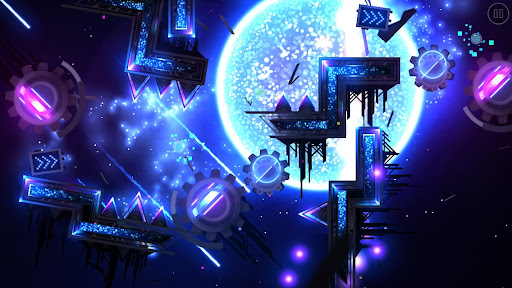
CuLuC’s part in the level Edge of Destiny, the upcoming sequel to Blade of Justice, an Extreme Demon notable for its spectacular decoration.
Perhaps the name Geometry Dash rings a bell–maybe you’ve played it years ago or seen glimpses of it floating around the web. Chances are, you’ve heard of it at the very least. Few games have had as much of an impact on the gaming industry as Geometry Dash, but it has largely fallen off the radar for many nowadays. However, with the resurgence of popularity with other nostalgic childhood games like Minecraft, it may be time to take a trip down memory lane, revisit Geometry Dash and see how it’s grown–just as we have.
Difficulty
Geometry Dash levels can be organized into ten different difficulties, ranging from Auto (which requires no player input) to Demon. The Demon difficulty has five sub-categories, with the most difficult being Extreme Demon. Extreme Demons feature gameplay riddled with narrow timings and very little room for error. As the game’s community grew more skilled, levels steadily began to increase in difficulty. Presently, the hardest verified Extreme Demon, Acheron, contains 60 spots where clicks must be perfectly executed down the frame (for players running the game at 60 frames per second). It currently has only two confirmed victors.
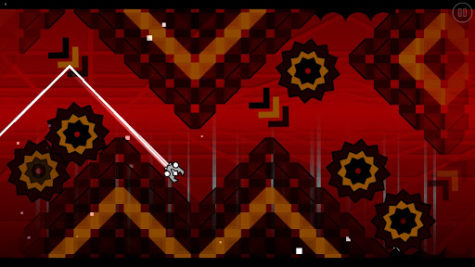
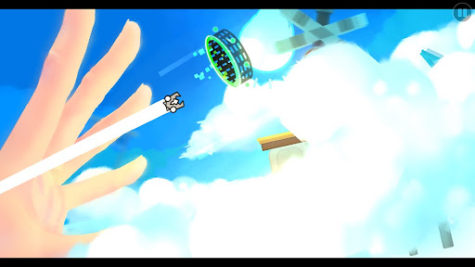
Bloodbath, which was considered to be the hardest Demon upon its release in 2015, is now considered to be the 297th hardest Demon, with hundreds of confirmed victors. Other levels which were considered nigh impossible upon release, such as Phobos and Sonic Wave, are now far less notable in terms of difficulty, to the point where all of them have sequels far surpassing them in difficulty.
Graphics
With each update, the Geometry Dash community would utilize more and more advanced effects in levels to add visual flair. Levels nowadays employ an intricate use of color and design to create stunning visuals, with many creators showcasing vibrant and unique styles that can appeal to both players and non-players alike.
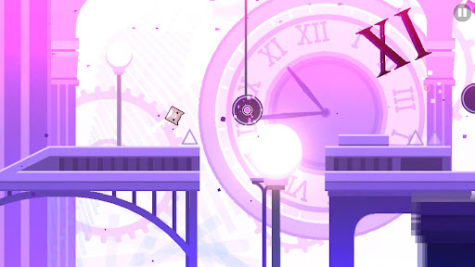
CuLuC’s part in the level Edge of Destiny, the upcoming sequel to Blade of Justice, an Extreme Demon notable for its spectacular decoration.
Overall, a drastic difference in graphics can be seen in levels published six years ago compared to those now, creators today continue to improve decoration despite the lack of a recent major update.
Gameplay
Though the visuals in Geometry Dash have seen major improvements over the years, the gameplay has remained largely the same since the release of the 2.1 update, the most recent update to date. Many modern levels often feature great decoration but lack enjoyable gameplay, which can especially be seen with newer Demon levels. For example, KOCMOC, an upcoming Demon level, has fantastic visuals, though many complain about its unoriginal gameplay. Its gameplay was inspired by Slaughterhouse, the current second hardest Demon in-game, which is riddled with sections of spam, extremely narrow ship corridors, and poor visibility. It exemplifies an ongoing issue with modern levels–sacrificing enjoyable gameplay in the pursuit of difficulty.
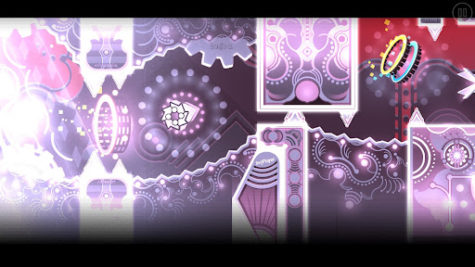
Smooth transitions, sight-readability, uniqueness and a lack of repetition are all factors of enjoyable gameplay, which Slaughterhouse notably lacks. Despite this, Slaughterhouse managed to raise the difficulty ceiling further in a game where the height of difficulty is constantly thought to have been reached.
For lower-difficulty levels nowadays, namely those of Easy or Normal difficulty, the gameplay is often lackluster and monotonously simple, with the difficulty level spiking substantially with Harder and Insane levels. Other than the drastic increase in challenge between difficulties, and levels generally getting slightly harder save for the Easy and Normal difficulties, gameplay has remained mostly consistent over the years.
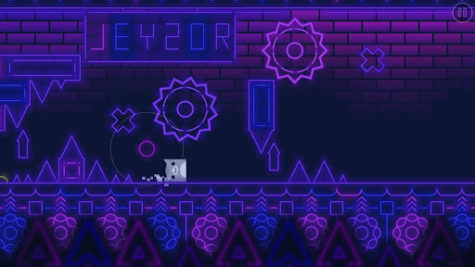
Final Thoughts
Geometry Dash has changed quite a bit since the peak of its popularity back in the mid-2010s, but at its core, it’s still the same game that we all know and rage at. It’s fascinating to see the community make its own advancements despite the lack of an update for over six years now. The community also remains highly active despite a large piece of its playerbase moving on, and new projects are constantly being developed and published. At this point, Geometry Dash is beyond a game. It’s a tool for innovation, a medium to express creativity. It’s safe to say that the game will continue to evolve as the years go by, but we can always look back on the game as a beloved part of our childhoods and a development still waiting to unlock its full potential.
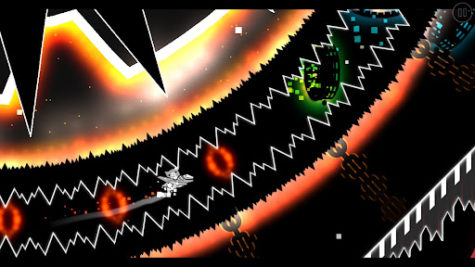
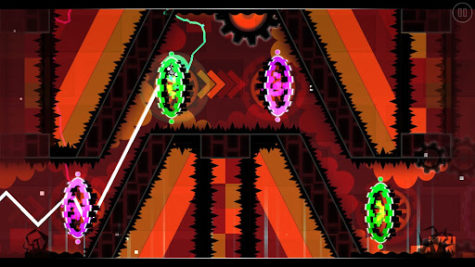
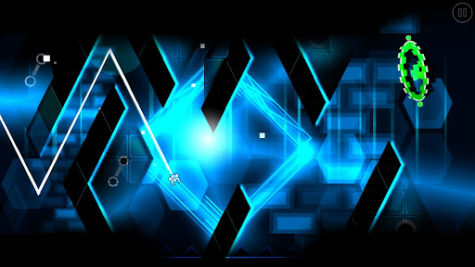













Anonymous • Apr 3, 2025 at 2:01 PM
nice
justin • Mar 22, 2024 at 11:59 AM
it is good idea
NightshadeGD • Feb 28, 2023 at 7:03 AM
To push the point made about modern levels and the correlation between lack of original, fun gameplay and an increasing standard for decoration in a level, many of the “best” levels in terms of decoration, like the aforementioned White Space by Xender Game or many List demons, they all have deco that looks surreal for a game once thought to be all cubes, squares, and spikes, but gameplay that hasn’t matured much since those times. Although, the point could be made that it differs depending on who is playing, and their skillset. So I guess its all in the eye of the beholder